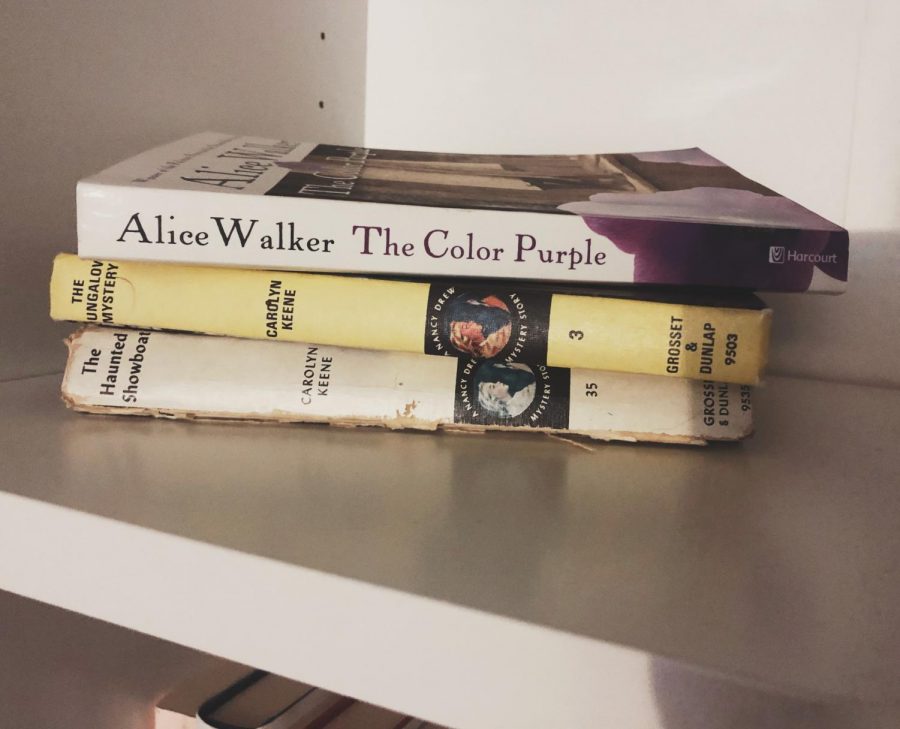The Color Purple: an engaging read in and out of the classroom
March 3, 2020
As an avid and experienced reader, my number one pet peeve is when English classes stifle the excitement of reading. Let me know if this sounds familiar: you walk into English class one day and your teacher introduces a novel to you that you’ve never even heard of and appears to be as thick as the Bible. As soon as you think “Hey maybe this won’t be so bad after all” they hit you with tests, notes, quizzes, worksheets, packets, socratic seminars, and whatever new hellish creation they can think of.
Before you know it, all that natural curiosity you had about this new book you were going to begin reading is gone. Instead, it’s replaced with stress and anxiety about how you’re going to survive the next few weeks.
Rather than feed off of this natural curiosity and excitement some students may have about reading, teachers lessen their chances of students being engaged by piling on excessive amounts of work. Now teachers are stuck with students who are avoiding questions because instead of diving deep into the book they’re reading, they skimmed the Sparknotes (trust me I know, I did it too).
Friends I hear you and I’ve been there too, but it doesn’t always have to be like that.
One of the most proactive things an English teacher can do is establish what is called an “independent novel” where a student can pick a book that actually interests them.
That’s how I discovered one of the most influential books I have read to this day: “The Color Purple.”
“The Color Purple,” written by Pulitzer Prize winner Alice Walker, is an epistolary novel (meaning the story is told through letter format) from the perspective of two sisters in Georgia and Africa. Celie, the main character, is an abused wife in Georgia who is struggling to find herself. Nettie, Celie’s sister, is a missionary in Africa learning more about her culture and heritage.
The characters do an excellent job representing a different stage in life; Celie beginning her journey of self-discovery, Nettie thriving in her new life, Adolph (Celie’s abusive husband) forgiving himself for his past sins, and more.
Honestly what really intrigued me about this book, was how skillfully Walker was able to tell the story through letters. When I initially opened the book and skimmed through the letter formatting, I was a little apprehensive but the writing flows together beautifully and doesn’t sound choppy at all.
I feel as if this book is a perfect example of how an English teacher can cultivate the natural passion and curiosity students have for reading: by letting them pick and read their own book at their own pace.
If it weren’t for my choice of an independent novel, I never would’ve discovered one of my favorite reads.
If you’re looking for a book to make you think and feel, I would suggest picking up a copy of “The Color Purple.” And if you’re getting tired of the same old boring novels in English class, maybe suggest an independent novel to your English teacher…..you never know what you may discover.




